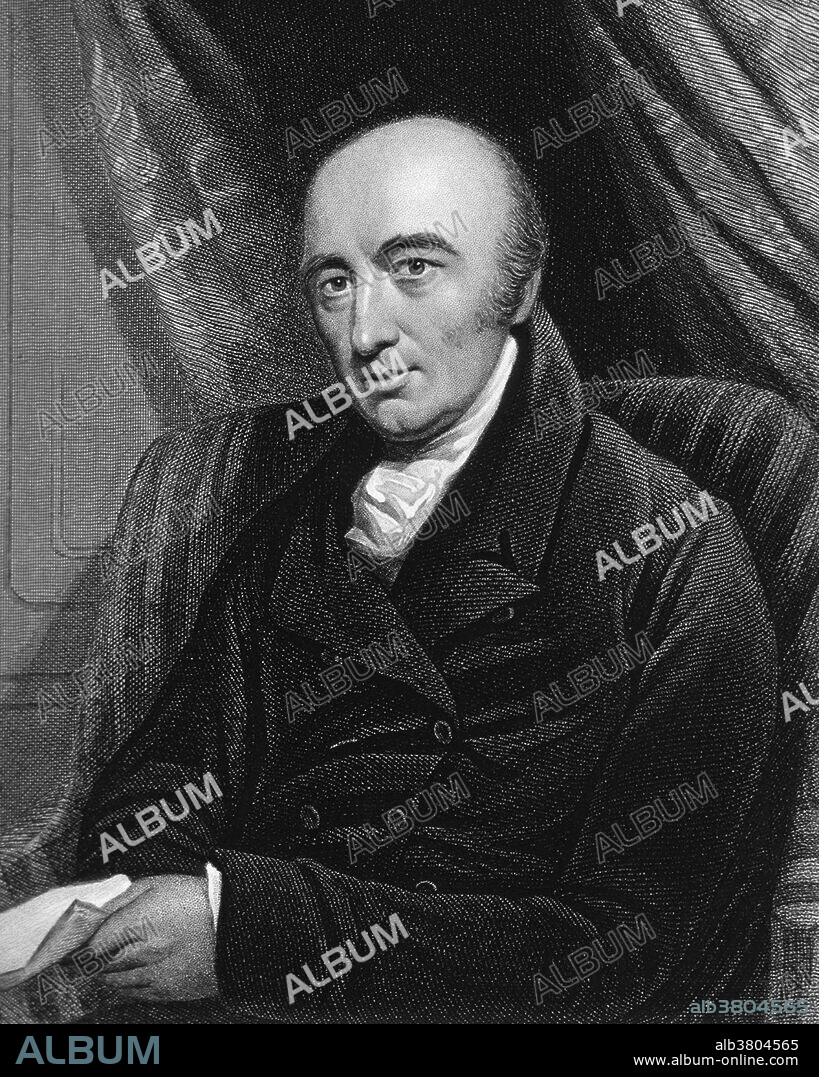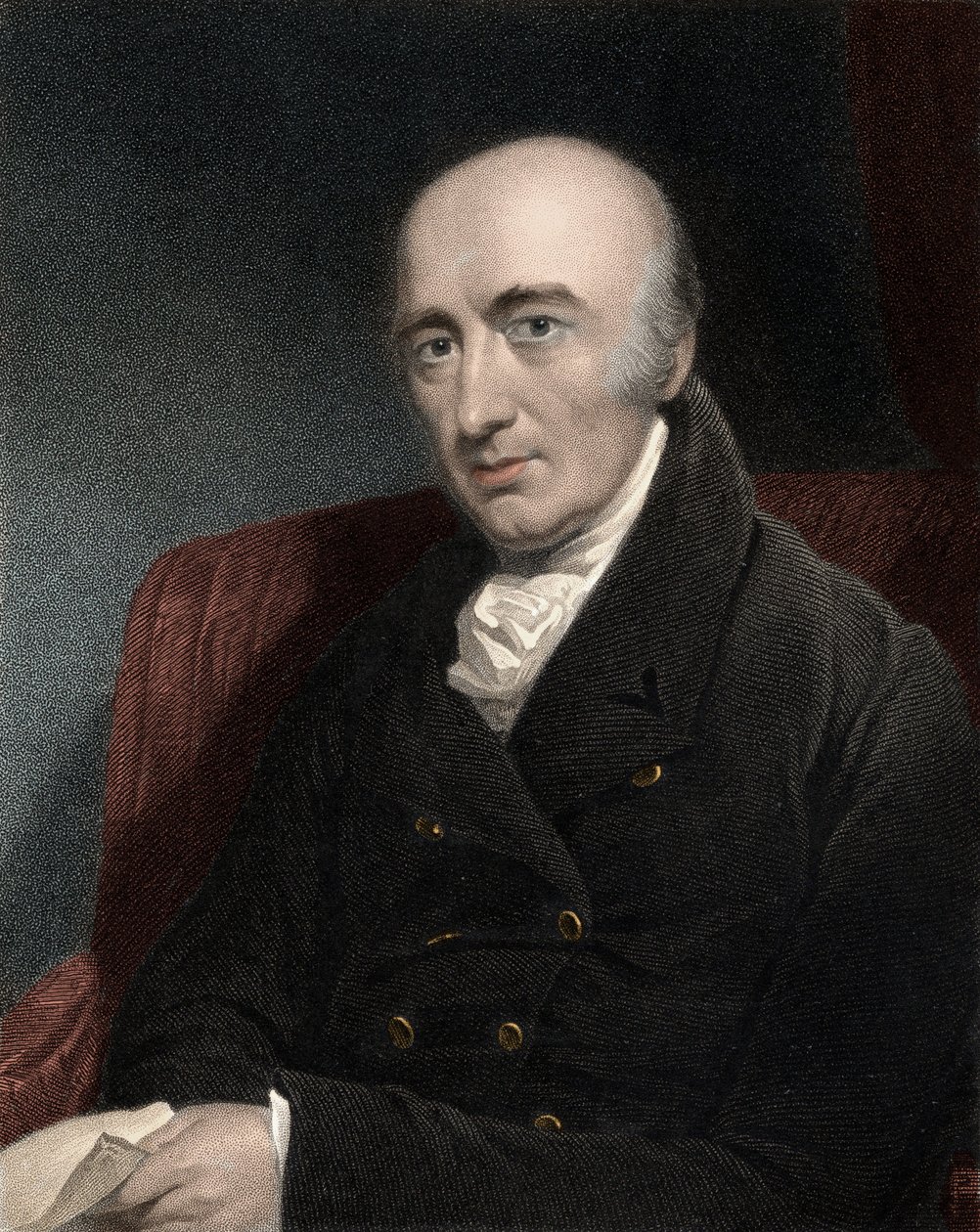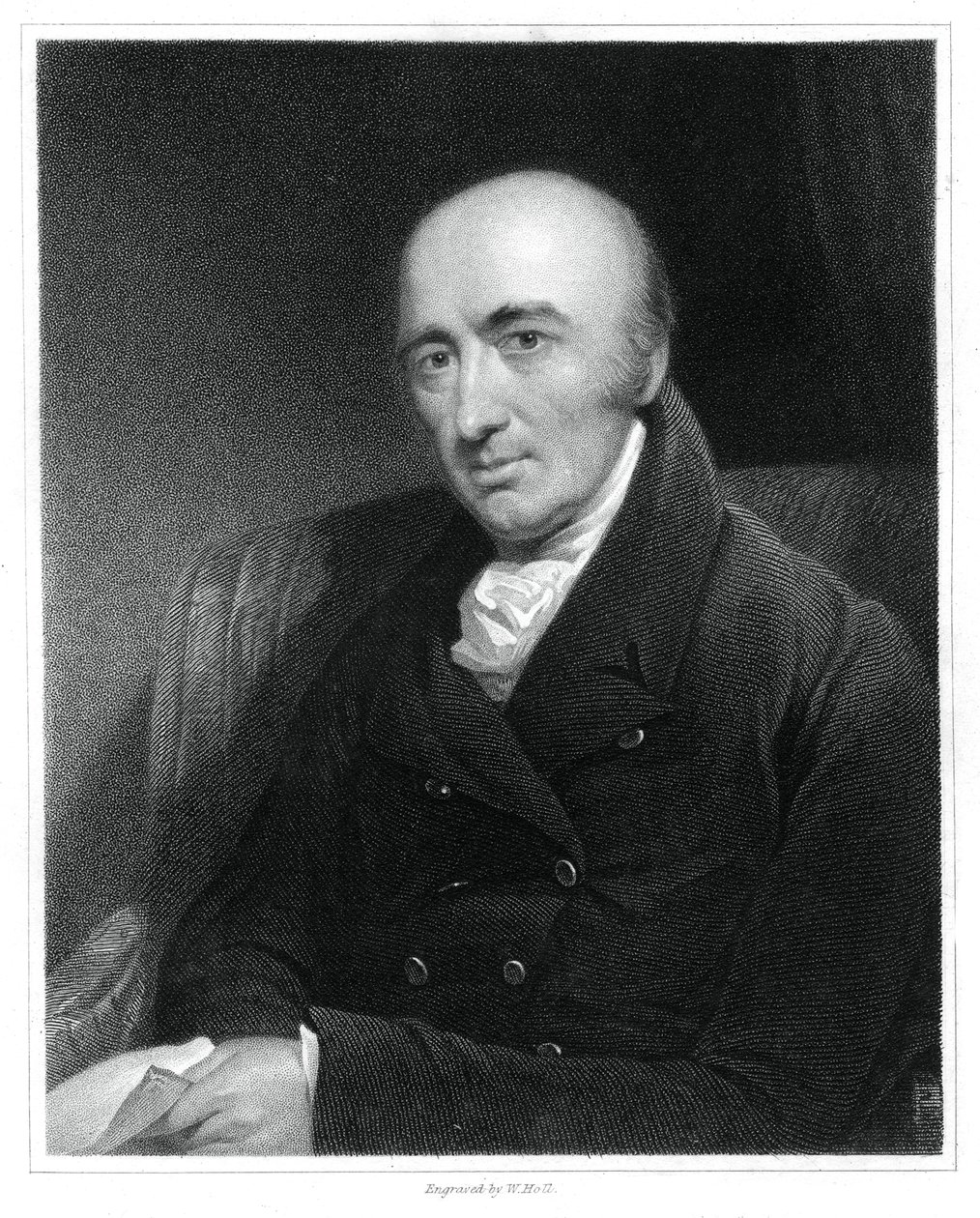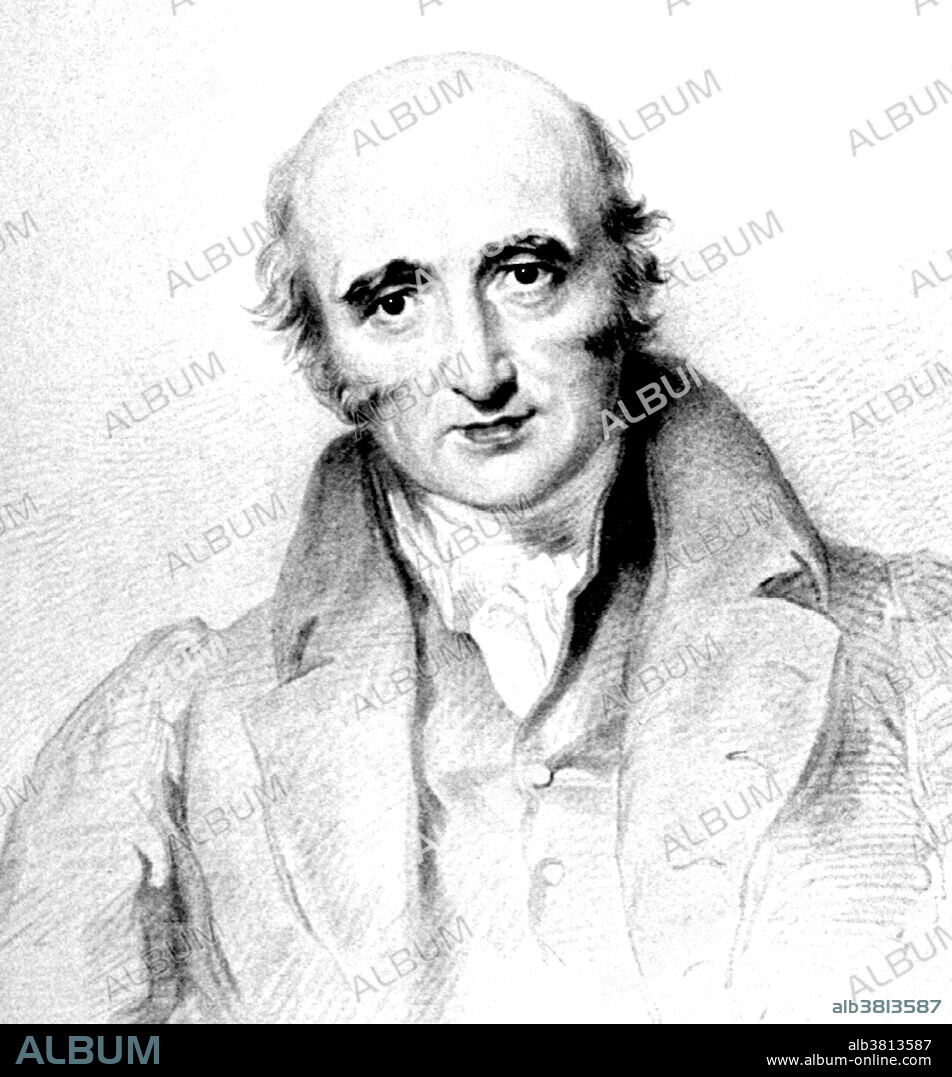
Have you ever paused to consider the brilliant minds responsible for the **remarkable advancements in platinum metallurgy**? Allow us to introduce you to the extraordinary figure of **William Hyde Wollaston**. His name is synonymous with innovation and scientific excellence. Born on August 6, 1766, in the quaint town of East Dereham, Norfolk, England, Wollaston was far more than just a scientist; he was a true pioneer whose work spanned multiple disciplines, leaving an indelible mark on the world of science and industry. His contributions not only advanced our understanding of platinum but also paved the way for future discoveries in chemistry and materials science. Join us as we explore the captivating journey of Wollaston’s life, his groundbreaking research, and the lasting impact he had on the fields of science and metallurgy!
Early Life and Education

A Family of Scholars
William Wollaston was born into a remarkably large family, being the seventh of a total of **17 children**. This family was not just large in number but also rich in intellectual pursuits and a deep appreciation for education. His father, Francis Wollaston, served as a vicar and was a distinguished fellow of the Royal Society, an esteemed institution that recognizes outstanding contributions to science. Growing up in such an **intellectually vibrant household** undoubtedly played a significant role in shaping young William’s academic aspirations and achievements. The environment was filled with discussions of ideas and learning, fostering a love for knowledge that would guide him throughout his life.
Academic Pursuits
Wollaston began his formal education at **Charterhouse School** in London, where he was exposed to a rigorous academic curriculum that further ignited his intellectual curiosity. Following his time at Charterhouse, he advanced to **Caius College, Cambridge**, where he pursued studies in medicine. In 1793, he successfully earned his medical degree, a significant accomplishment that many would consider a pinnacle of achievement. However, despite this success, Wollaston found himself unfulfilled in the field of medicine. After practicing for a few years, he came to a profound realization: his true passion lay not in treating patients but in the realms of **science and chemistry**. This epiphany led him to redirect his career towards scientific exploration, where he would ultimately make significant contributions to the field.
Transition to Science

Leaving Medicine Behind
In the year 1797, the esteemed physician William Hyde Wollaston made a momentous decision that would alter the course of his life: he chose to leave behind his medical career. Despite the prestige associated with being a physician, Wollaston found himself increasingly disillusioned by the relentless demands and pressures of the profession. The daily grind left him feeling unfulfilled and yearning for a more meaningful pursuit. In 1799, with the financial backing of his supportive brother George, Wollaston seized the opportunity to redirect his energies and passions entirely towards **scientific research**, a field that promised greater intellectual satisfaction and the potential for groundbreaking discoveries.
Partnership with Smithson Tennant
In 1800, Wollaston took a significant step in his new career by forming a partnership with **Smithson Tennant**, a fellow chemist he had encountered during his time at Cambridge University. This collaboration was driven by their shared ambition to produce and market innovative **chemical products**. While Tennant encountered various challenges in their joint endeavors, Wollaston’s ventures proved to be remarkably successful, particularly in the burgeoning field of platinum research and applications. Their partnership not only advanced their individual careers but also contributed to the broader scientific community, as they explored the potential of chemical elements and their practical uses in society.
The Platinum Revolution

Perfecting Platinum Production
One of the most remarkable accomplishments of William Hyde Wollaston was his groundbreaking ability to produce **pure and malleable platinum**. This achievement was the result of his innovative development of a secretive process that allowed him to transform inexpensive platinum ore sourced from New Granada, which is present-day Colombia, into a high-purity platinum powder. The significance of this achievement cannot be overstated, as numerous individuals and scientists had attempted to accomplish this task before him, only to face failure. Wollaston’s success not only showcased his exceptional skills as a chemist but also marked a pivotal moment in the history of platinum production.
Becoming the Sole Supplier
In a strategic move that would solidify his place in history, Wollaston took the initiative to purchase all available platinum ore on the market. This bold decision enabled him to become the **sole supplier** of pure platinum in England, effectively monopolizing the market. His platinum product, which exhibited properties remarkably similar to those of gold yet was significantly more affordable, quickly found a wide range of applications across various fields, including science, technology, and even jewelry-making. Wollaston’s contributions to the platinum industry were nothing short of revolutionary, fundamentally changing the landscape of materials available for scientific and industrial use. His work truly exemplified the spirit of innovation and entrepreneurship during his time, making him a pivotal figure in the advancement of platinum as a valuable resource.
Discoveries in Chemistry

Unveiling New Elements
While working on platinum, Wollaston made groundbreaking discoveries. His careful analysis of the metals that dissolved with platinum led to the identification of two new elements: **palladium** (1802) and **rhodium** (1804). These discoveries not only enhanced his reputation but also contributed significantly to the field of chemistry.
Collaboration with Tennant
Meanwhile, Tennant discovered two more elements, **osmium** and **iridium**, from the less-soluble constituents of platinum ore. Together, their work established them as leading experimental chemists of their time.
Wollaston’s Broader Contributions

Beyond Chemistry
Wollaston was not just a chemist; he made significant contributions to various scientific fields. His work in **botany, mechanics, electrochemistry, astronomy, crystallography**, and **physiology** showcased his diverse interests and talents.
Innovations in Optics
In 1804, he patented a new form of **spectacle lens** and later invented the **camera lucida** in 1806. His designs and inventions were ahead of their time, demonstrating his innovative spirit.
Contributions to Atomic Theory
Wollaston’s discovery of multiple combining proportions in acid salts in 1808 provided crucial support for **John Dalton’s atomic theory**. His work helped lay the groundwork for modern chemistry.
Recognition and Influence

A Respected Figure in the Royal Society
Wollaston was a prominent member of the **Royal Society**, serving as secretary, vice president, and even president in 1820. His influence in the scientific community was profound, and he was often referred to as the “**pope of science**.”
Legacy in Mineralogy
The mineral **wollastonite** was named in his honor, recognizing his contributions to crystallography and mineral analysis. His ability to analyze small quantities of substances made him a sought-after expert among mineralogists.
Later Life and Health Issues

Closing the Platinum Business
In 1820, Wollaston closed his platinum business due to dwindling supplies of crude platinum ore. Although he continued to publish scientific papers, he spent more time traveling and enjoying life with friends.
Declining Health
In 1828, Wollaston began experiencing **transient paralysis**. Despite his declining health, he remained dedicated to his work, quickly dictating his last scientific papers. Sadly, he passed away from a brain tumor, a condition he had suspected for some time.

William Hyde Wollaston’s contributions to science are nothing short of remarkable. From his pioneering work in **platinum metallurgy** to his discoveries of new elements, his legacy continues to influence the scientific community today. His life is a testament to the power of curiosity and dedication in the pursuit of knowledge.
Key Contributions of William Hyde Wollaston

| Year | Contribution |
|---|---|
| 1793 | Obtained medical degree from Cambridge |
| 1800 | Formed partnership with Smithson Tennant |
| 1802 | Discovered palladium |
| 1804 | Discovered rhodium |
| 1804 | Patented new form of spectacle lens |
| 1806 | Invented camera lucida |
| 1808 | Supported Dalton’s atomic theory |
| 1820 | Served as president of the Royal Society |
| 1828 | Passed away, leaving a legacy in science |
Wollaston’s life story is a reminder that true passion can lead to groundbreaking discoveries. So, the next time you admire a piece of platinum jewelry, remember the genius behind it!

